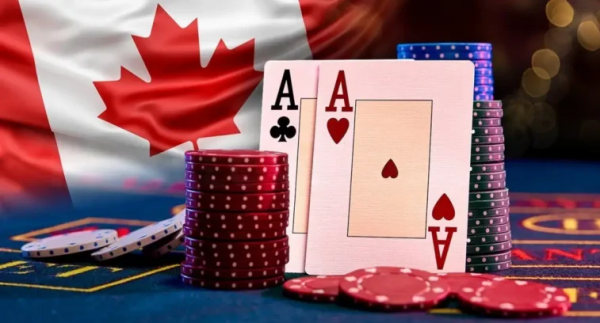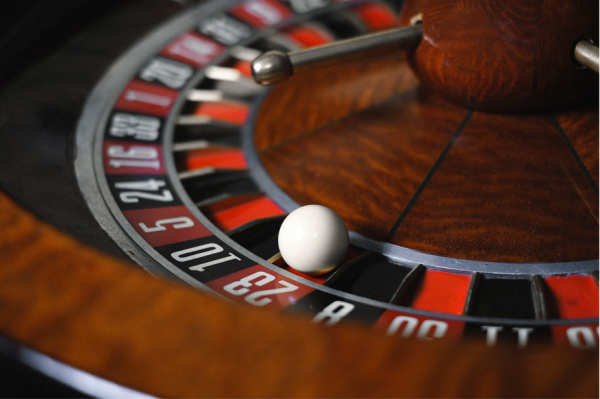Editor’s note: This is Lesson #4 in our weekly “Strategy with Stas” series. Each and every Sunday Stas Tishkevich, founder of the Poker Fighter Training App, brings you a new lesson in article + video format. We hope you enjoy this feature from the Poker Fighter School, and would be happy for you to share these posts — as well as your feedback — on social media.
Pre-Flop
Action is folded to us and we see pocket tens in the cutoff position. We will open-raise from this position in at least 25% of possible starting hands, and pocket tens are at the very top of our opening range, so we should always open-raise this hand in this spot.
The dealer calls, and now it’s time for us to think about the most important thing in poker: what is the opponent’s range; i.e., what hands will he play like this?
If we think the opponent is a loose-passive player, as the majority of players at low stakes are, we can assume he plays mostly pocket-pairs (22-TT), suited aces (A2s-AJs), broadway cards (JT-AT, QJ-AJ, KQ), and maybe suited connectors (32s-T9s) in this manner. Looser players can also call with low suited kings (K2s-K9s), suited one-gappers (42s-T8s), and offsuit hands like T9o, Q9o, J9o, etc.
We are way ahead of this range with our pocket tens, and feeling pretty good about this spot given our initiative.
Flop
The flop comes Th4h2s; we hit top set! We need to decide between betting our hand or trying to play tricky and check-raise. If we want to bet we need to find a good reason, in this case betting for value.
Betting for value means we think that many weaker hands will call our bet. We look for a call from weaker made hands (e.g., any pair), flush draws (e.g., A6hh), straight draws (e.g., 53cc), or gutshot straight draws (e.g., A3ss).
Versus loose-passive opponents who on the one hand tend to call too much and on the other hand rarely bluff, our play should be betting for value. We decide to bet, and choose a sizing of ~2/3 of the pot, as it is a draw-heavy flop, and the player in the dealer position calls.
If we’re playing vs. tough smart players or loose-aggressive opponents who tend to bet in position given signs of weakness, we should probably check our hand out of position on a low flop that connects well to our opponents’ range, and check-raise vs. their desired flop bet.
Turn
The turn brings the Qd and we face a similar decision to the flop. Versus loose-passive opponents we should probably bet again for value, hoping to get paid from the same hands that called our flop bet – weaker made hands such as top pair (e.g., QJhh) or middle pair (e.g., A10), and possible flush draws and straight draws. We decide to bet, and choose a sizing of ~2/3 of the pot, as it is a draw-heavy flop and the player in the dealer position calls.
River
The river brings the Qs upgrading our holdings to a full house! We face the same decision again for the third time: bet or check-raise? What we need to think about is how the opponent will play his river range if we check or bet.
The draws from the flop missed entirely, so they will almost always fold to our bet, but can sometimes bluff if we check, especially if we are playing versus an aggressive player. The medium made hands (e.g., A10) will perhaps call our bet, but will probably check behind if we check. The strong made hands (e.g., QJ) will always at least call our bet, and will probably bet if we check, facing a tough spot versus our check-raise.
Given this analysis, vs. passive opponents who would rarely bluff their missed draws, we should probably bet again for value, hoping to get paid from the made hands that called our turn bet. We decide to bet and choose a sizing of ~2/3 of the pot, as it is a draw-heavy board and our opponent folds.
Versus aggressive opponents we should probably try to check-raise the river, earning from their bluffs with missed draws, and putting them into a tough spot with their made hand.
Summary
The main point we need to understand from this hand, is that check-raising with strong made hands is a good idea only versus aggressive players. If we try to check-raise a passive opponent, we will not be maximizing profits from our hand.







Comments